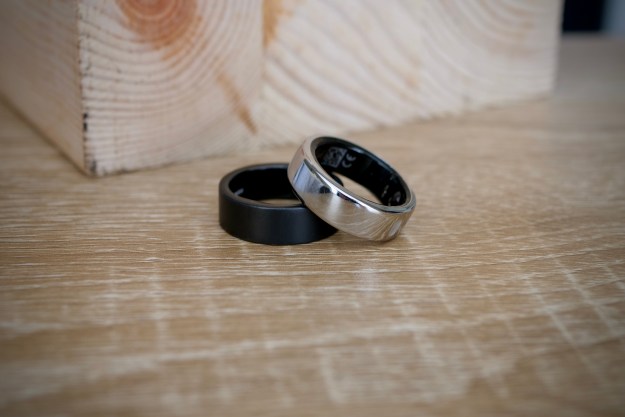
It’s no secret that not everybody in Finland is comfortable with new Nokia CEO Stephen Elop’s radical direction shifts, including what appears to be an all-or-nothing stake of the company’s future on Microsoft’s Windows Phone platform. However, some Nokia backers are doing more than just grumbling about it: a group of nine unidentified young Nokia investors—all of whom claim to have worked for Nokia at various times—have launched Nokia Plan B. What’s the plan? Pack Nokia’s board of directors, put MeeGo and Nokia’s Qt environment back at the center of the company’s strategy, hire top young talent from around the world…and show Stephen Elop and selected other top-level Nokia execs the door.
The investors’ “Nokia Plan B” doesn’t actually call for the company to walk away from Windows Phone 7: it sees an alliance with Microsoft as having utility as a “tactical exercise” targeting the North American smartphone market—where Nokia essentially has no presence at all. Under the Plan B vision, Nokia would produce a limited number of Windows Phone handsets under a Nokia “sub-brand,” and consider ramping up the project (or extending it to Europe) only if sales volumes justify the effort.
However, Nokia Plan B would see MeeGo re-instated as the company’s main smartphone platform, with development centered on Nokia’s Qt framework. They would also like to see Symbian’s lifespan extended by at least another five years to capitalize on its broad adoption in Europe and Asia. However, rather than simple returning to Nokia’s pre-Elop strategies, the investors would also see the company end distributed R&D and R&D outsourcing, eject selected members of Nokia’s current leadership team along with Elop, and aggressively recruit young talent out of universities to breathe new life into Nokia’s products. The group has not yet offered plans for how it would cope with Nokia’s existing Ovi services or ever-aging S40 platform.
The Nokia Plan B proposal seems aimed at forcing Nokia to keep control of both its hardware and software platforms, so that the company can move more nimbly and directly innovate its products without dependencies on other companies. The strategy has certainly worked for Apple…although Nokia has been pursuing a similar tack for years and has largely been marginalized in the smartphone market, despite essentially inventing it.
The young investors behind Nokia Plan B don’t have much time to rally support from other Nokia investors if they want to get themselves elected to the company board: the company’s next Annual General Meeting is May 3, 2011.


